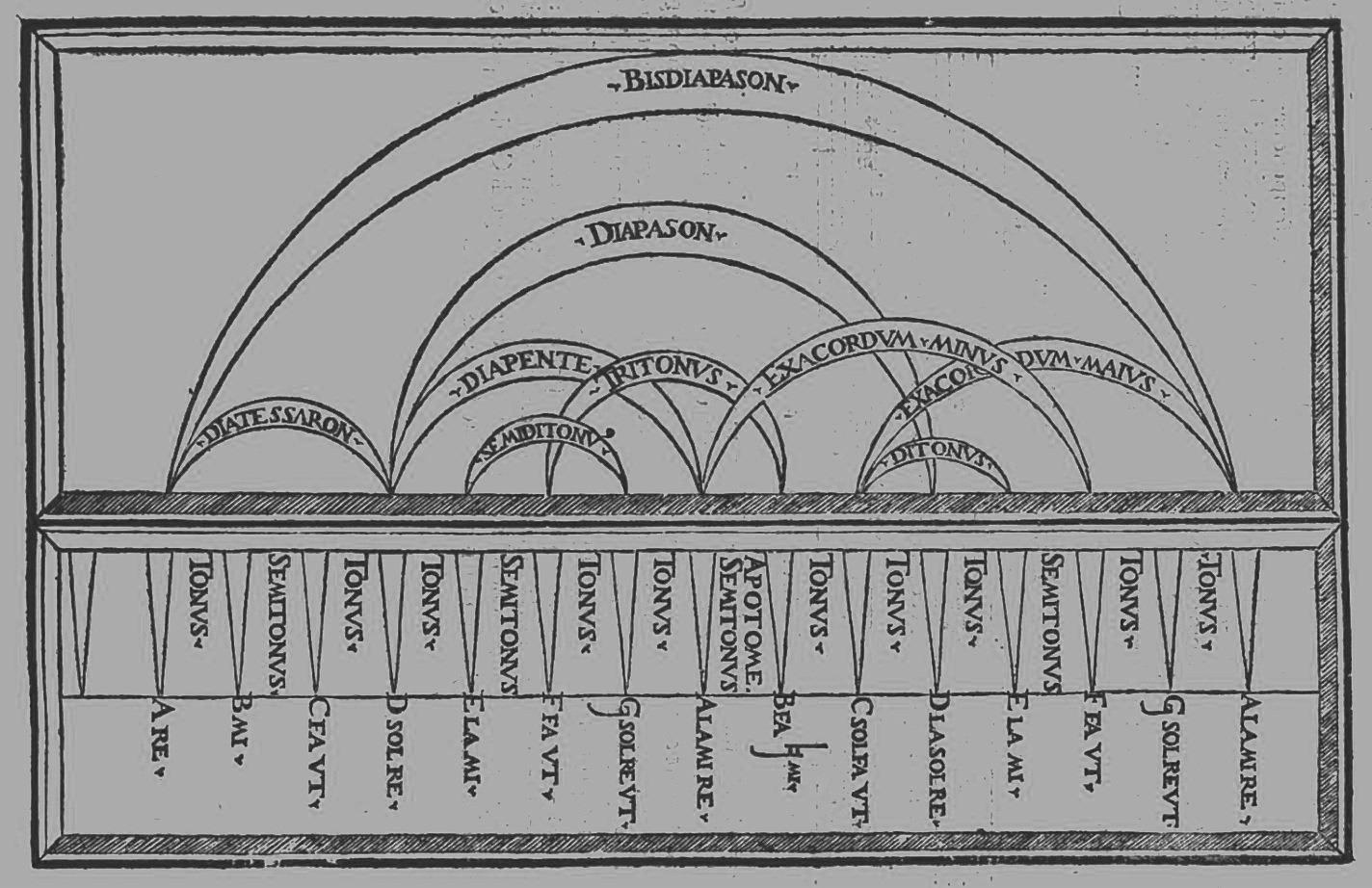

“I’m Not that Girl” by Cynthia Erivo from Wicked
Welcome to the land of Oz, a land of hope, joy, magic, and resentment. A land that is not yet discovered by Dorothy, but act as the building blocks before her arrival. This is Wicked. The movie Wicked is an adaptation of the original Broadway musical. It follows the story of how Elphaba, an “outcast” born with green skin and magical powers, becomes the Wicked Witch of the West. For my analysis, I will be using the movie adaptation of Wicked, along with the 2024 movie soundtrack recording of “I’m Not That Girl” by Cynthia Erivo, who plays Elphaba. In Cynthia Erivo’s recording of “I’m Not That Girl,” the emotional narrative is supported by Cynthia’s use of an expressive vocal timbre.

Across the Skies - Wenchen Qin
The repertoire of Chinese composer Wenchen Qin is often characterized by immediate connections to the topics of nature and religious spirituality. For Qin, the religious connotation in his music often serves specifically as the medium connecting humans and nature. One only needs to look at the titles of his works to see the prevalence of these two topics: Pilgerfahrt im Mai (Pilgrimage in May) (2004), The Nature’s Dialogue (2010), The Border of Mountains (2012), The Cloud River (2017), The Light of the Deities (2018), Poetry of the Land (2020), among others. Qin’s proclivity for these topics can be traced back to his childhood in Inner Mongolia where he was born. The vast landscape of Inner Mongolia, with its endless grassland interspersed with surging mountain ranges, bears a palpable trait of ruggedness and broadness of space, of which one can often identify musical counterparts in Qin’s music almost viscerally.

Orchestration of Sonorities in Renaissance Polyphony
We might think about how a single voice part within a composition expresses a mode (one of the prevailing systems governing the organization of pitch in this period), or how multiple voice parts move against one another (counterpoint, from the Latin contrapunctus—literally means note-against-note), creating successions of intervals. This essay focuses on the amazing moments ensconced in those intervals: the way they are arranged, the spaces between them, and ultimately, the sonorities they create.

Lovin’ You — Minnie Riperton
The 1975 live version of Minnie Riperton’s “Lovin’ You” sets itself apart from her 1974 album, Perfect Angel, not just because of its extended length but also because of Riperton’s whistle register ad-lib in the middle of modal register singing.

Bound to You — Christina Aguilera
In a moment of vocal, narrative, and timbral intensity, Christina Aguilera’s performance as the character Ali in the 2010 film Burlesque shatters the viewers’ expectations.

Cellophane — FKA twigs
A tragic ode to perseverance and rebirth, “Cellophane” tackles the intense emotions of a public celebrity romance scrutinized by online critics. In “Cellophane,” repetitive lyrical content such as “didn’t I do it for you?” express twigs’s disbelief in her own crumbling relationship while other lyrics (e.g., “they want to see us, want to see us apart”) relate to the taxing nature of online comments.

Blood, Glass, and a Cannibal’s Beating Heart — Brian Reitzell
Much of the piece’s effect is accomplished by Reitzell’s intentional manipulation of timbral signifiers. Most attacks have been removed in a kind of electronic vivisection – a commingling of the known and the unknown that creates ambiguity in the sonic space.

Flourish — Sarah Hennies
From the very beginning of the piece, Sarah Hennies’s Flourish for two vibraphone players, leads us into an extraordinary, mystical, new world of sound. What is so enigmatic about this piece is that a lot of the music happens in a realm of timbre beyond what is written and what is played. Precisely and cleanly scored in minimalist fashion of single-measure repeating cells, the atmospheric reverberations produced by the vibraphone are here left to write their own counterpoint….

The Unanswered Question – Charles Ives
In 1908, American composer Charles Ives composed The Unanswered Questionfor string orchestra, solo trumpet (or English Horn) and four flutes (or three oboes and one clarinet). This piece inspired Leonard Bernstein’s famous Norton Lectures of the same title at Harvard in 1973 and continues to capture the imaginations of musicians and audiences today….

Red Bird —Trevor Wishart
Trevor Wishart is a contemporary British composer closely associated with extended uses of the human voice. Whether in acousmatic pieces such as Encounters in the Republic of Heaven (2011) or in pieces for live performance such as Vox 4(1987), his compositions masterfully exploit the subtlety and range of human vocal production…

Hommage à Klaus Nomi
The Amazing Moments in Timbre series continue with a piece by Olga Neuwirth. Known as the "Enfant terrible" of the Austrian contemporary classical music scene, Neuwirth composes in a very theatrical and expressionist way, and describes her own art as a music of catastrophes ("Katastrophenmusik"). In her Hommage à Klaus Nomi(2009), for countertenor and chamber ensemble…

Deus Cantando — Peter Ablinger
This week’s amazing moment in timbre is a bit of a mind-bender: a piano that recreates the timbre of the human voice. It’s Peter Ablinger’s Deus Cantando (2009). for a piano being played by a computer-controlled mechanical device. Watch and be wowed:

Dripsody — Hugh Le Caine
Our second Amazing Moment in Timbre is another classic, but somewhat lesser-known. It’s Canadian composer and inventor Hugh Le Caine’s Dripsody(1955).

Atmosphères — György Ligeti
We’re beginning our “amazing moments in timbre” series with a true classic, György Ligeti’s paralyzingly beautiful orchestral masterpiece Atmosphères(1961)…
